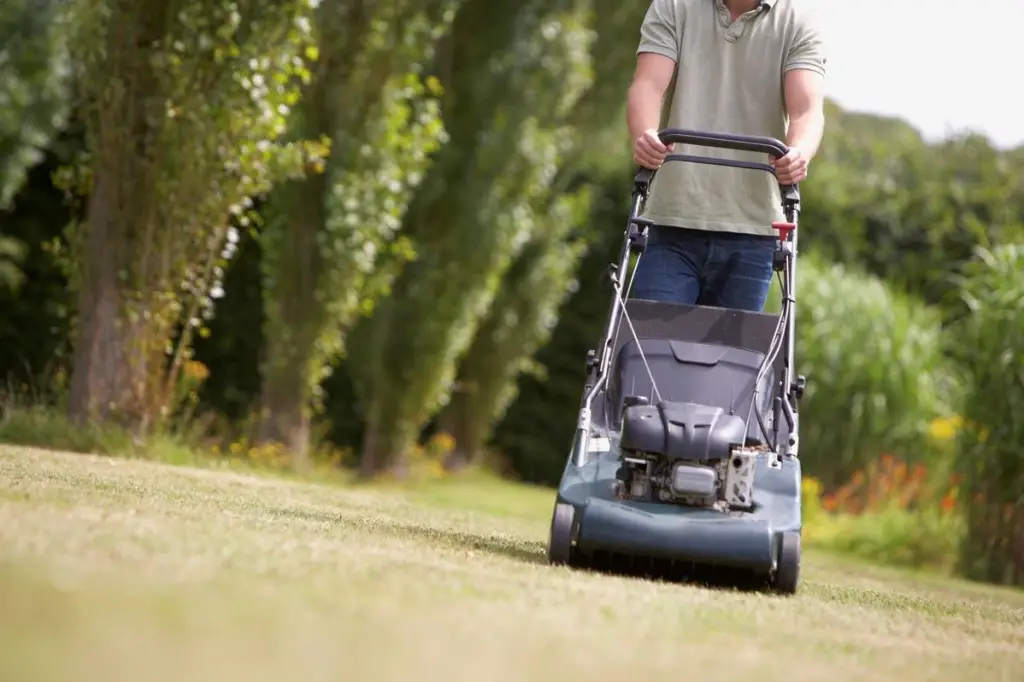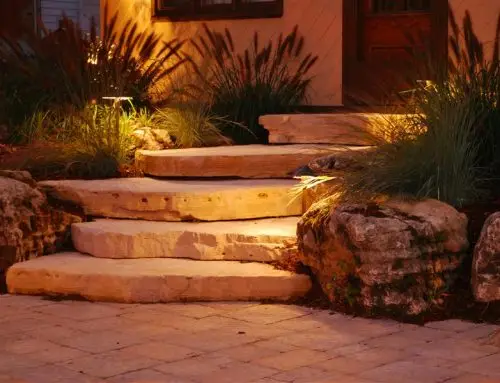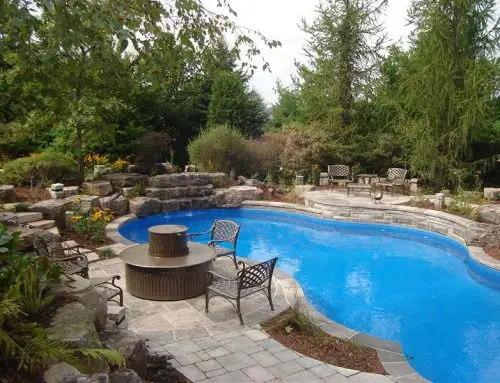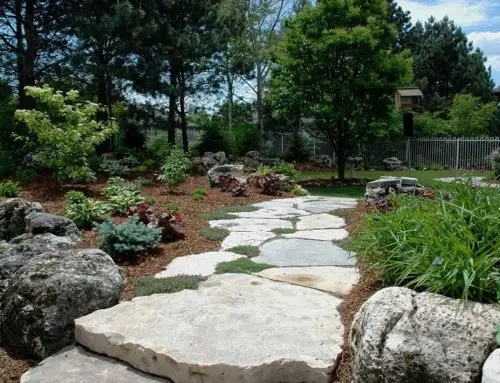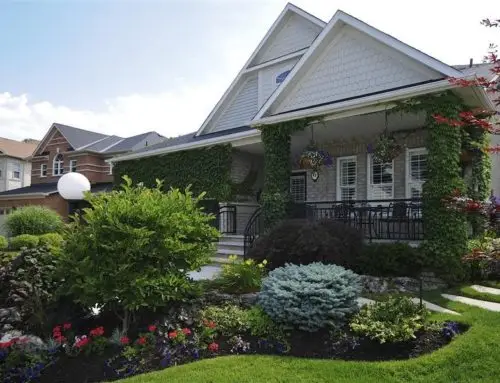For many homeowners, owning a piece of property that they can landscape is truly a dream come true. Even though the work involved can be difficult at times, the planning and execution can truly be a fun project. Spending time outdoors in the fresh air, digging your hands into the soil while getting hot and sweaty can seem like heaven to many people. You get to soak up the sun, feel healthy, plus get the pleasure of creating a beautiful environment that is personalized, and you can call your own.
For many homeowners, it just doesn’t get any better than this and people look forward to this time of the year more than any other. However, as enjoyable as all of these wonderful attributes sound, there are common mistakes and pitfalls that every homeowner faces unless a little planning and research is done before talking on or executing any project. While some homeowners simply make unattractive choices in their landscaping design or choices of products, others may make decisions that are unsightly, downright dangerous and perhaps even unlawful. So, what are the most common landscaping mistakes?
Selecting the Wrong Plants
The first of thumb is to go to a reputable garden centre for your plant selection instead of relying on the Internet for online shopping. Although you might see something inspirational for your landscape, it might be completely wrong for your region, location and climate. Many online retail stores will organize their plants by region, but you cannot be sure that this is the case. You will end up very disappointed when the plants fail to grow and thrive on your property. When you buy from a local retailer, at least you are sure that you are buying the appropriate plants for your region. It may not be the right plant for your properties conditions, but the climate conditions are reliable.
The next rule is to select plants that are appropriate for your properties particular conditions and we all have them. Many different conditions can coexist on the same property, such as one part may receive sun all day while other parts are primarily shaded areas. You may have clay in one section and richer soil in another where most plants grow to their optimum best. Your best solution to these inconsistencies is to observe your property carefully before you start digging to find out what will best suit you.
Forgetting to Research the Growth Rate
You may have never thought of this, but different plants grow at different growth rates. This is a huge mistake made by many homeowners and one of the major landscaping mistakes. If you have a property where you want a privacy hedge, you have to look for fast-growing evergreens that ideally grow at a three feet per season rate. Slower growing evergreens in the same space will not give you the desired effect and you will be waiting a long time for that view-block effect to occur.
The opposite can happen as well when you take home a lovely looking tree for an accent effect and sadly watch it grow well beyond what you had in mind in the first place. Instead of an accent effect, you have a monster out of control on your hand. It can spread into your foundation and crack it or wreak havoc on your underground pipes resulting in a very costly repair. Resolving this potential hazard is easily solved by simply checking beforehand the growth rate of your selections before you plant.
Ignoring the Harmony of Nature
Many homeowners make the mistake of ignoring the harmony of nature by disregarding the local wildlife when landscaping. Even city dwellers have wildlife, like squirrels, skunks, and raccoons. Learn what animals eat certain foods, such as those producing sweet berries and opt for bitter flavors to discourage unwanted visitors. On the other hand, if you love having birds visit your property, select trees that provide them shelter from the elements and select plants or shrubs that will produce their favorite delicacies.
Bypassing Local Regulations
Many inner city or suburb municipalities have certain restrictions on landscaping designs. They are put in place to protect citizens and ensure neighborhood harmony. In particular are sidewalks that may run the length of the property where low hanging branches would be considered an obstruction. It’s wise to check with your local bylaws before you plant. In the same vein, some residential areas prohibit tall trees or fences that obstruct a neighbor’s view.
Local regulations also strongly recommend that you know the location of utility lines before you dig. Power lines, water mains, cable and gas lines are often buried beneath a residential property out of view. Hitting these lines can be catastrophic both for you and your neighbors, so before you dig have the utilities come out to your property and run a check for location.
Landscaping errors can be avoided with a little planning ahead and a bit of research so that you can truly enjoy the fruits of your labor.
Call Evergreen Landscapes for help with your landscaping design.

